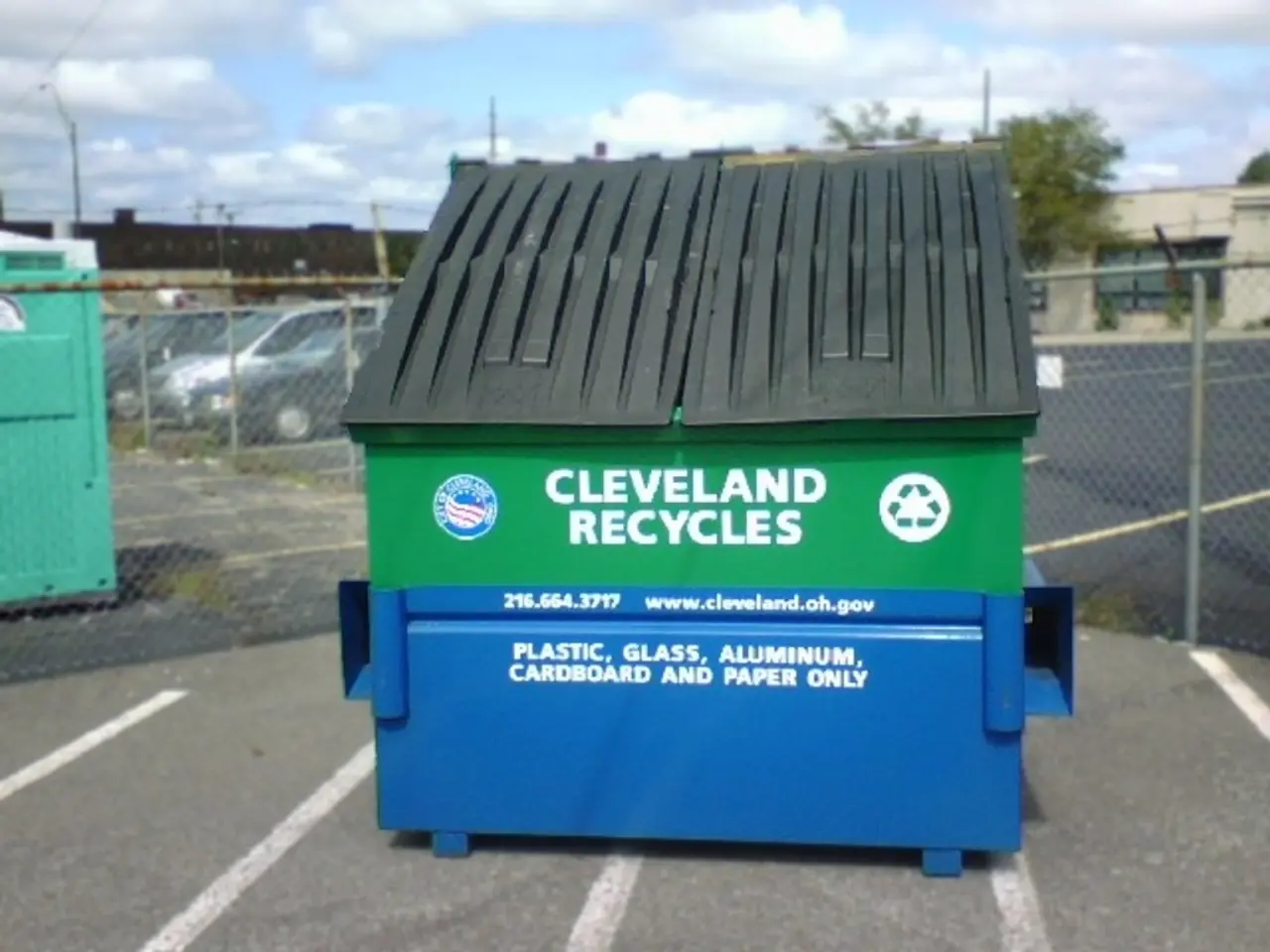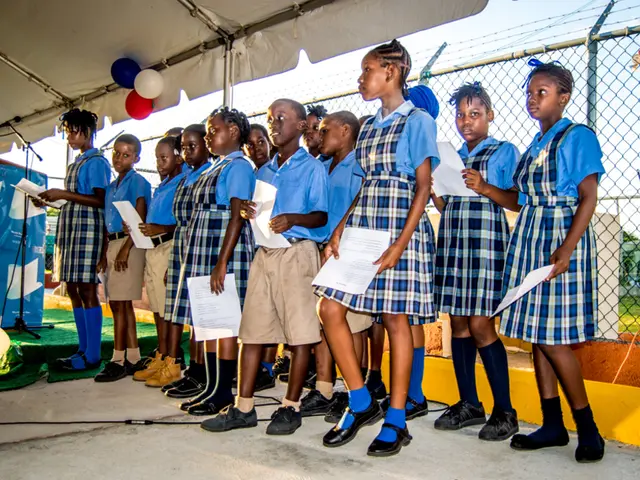Refresh, Renew, Regenerate
In the world of environmental activism, burnout is a common challenge. However, leaders in the field are taking a proactive approach to combat it by incorporating self-care strategies into their routines.
Tamara Toles O'Laughlin, North America Director of 350.org, is a prime example. She plans rest and self-care from the start of any campaign, mobilization, or training. O'Laughlin also employs dark humor as a way to cope with the stresses of her work.
Elizabeth Yeampierre, Executive Director of UPROSE, prioritizes taking care of her community and loved ones as a means of self-care. She makes it a point to check in with her community daily, sharing stories, jokes, and food.
O'Laughlin and Yeampierre's self-care routines differ from those of others in the field. Unlike Mustafa Santiago Ali, Vice President of Environmental Justice at the National Wildlife Federation, who runs five days a week and meditates when needed, or Dallas Goldtooth, Keep It in the Ground Campaign Organiser at the Indigenous Environmental Network, who disconnects from social media for at least two hours every day, O'Laughlin and Yeampierre's self-care practices do not involve running or disconnecting from social media.
Environmental justice leaders are using a variety of strategies to recharge and combat burnout. These strategies emphasize mental health, community support, and sustainable activism practices. One key approach is embedding wellbeing into movement building as a baseline practice, not just an outcome. This is achieved through trauma-informed facilitation, regenerative organizing, and creating spaces that feel like sanctuaries rather than extraction sites.
Peer-to-peer support networks are also vital. These networks allow activists to process grief, burnout, and eco-anxiety together, serving as vital relational infrastructure. Retreats and nature immersion, such as the Spirit of Activism Retreat, provide opportunities for connection, reflection, mindful practices, and reconnection with the natural world to restore emotional resilience and mental clarity.
Community support and pausing as care strategies are particularly important among Black women environmental justice activists. They highlight the importance of collective care and taking deliberate breaks. Healing through activities like gardening and yoga serve as physical and emotional self-care methods, promoting healing and resilience.
Lastly, leaders model boundaries, care, and courage to foster an environment where joy, grief, and physical safety are acknowledged and nurtured.
Yessenia Funes, the climate editor of Atmos, urges readers to rest and recharge. A future with a living wage, paid sick days, family leave, and paid time off is crucial for communities to thrive. These benefits would allow activists to take the necessary breaks to maintain their mental health and wellbeing, ensuring sustainable activism without burnout.
- Tamara Toles O'Laughlin, a leader in the environmental activism field, incorporates rest and self-care from the start of any campaign, using dark humor as a coping mechanism.
- Elizabeth Yeampierre prioritizes taking care of her community and loved ones as a means of self-care, checking in with them daily, sharing stories, jokes, and food.
- Unlike others in the environmental justice field, O'Laughlin and Yeampierre's self-care practices do not involve running or disconnecting from social media.
- Environmental justice leaders are using a variety of strategies to recharge and combat burnout, emphasizing mental health, community support, and sustainable activism practices.
- Yessenia Funes, the climate editor of Atmos, urges readers to rest and recharge, suggesting that a future with benefits like a living wage and paid time off is essential for sustainable activism without burnout.




